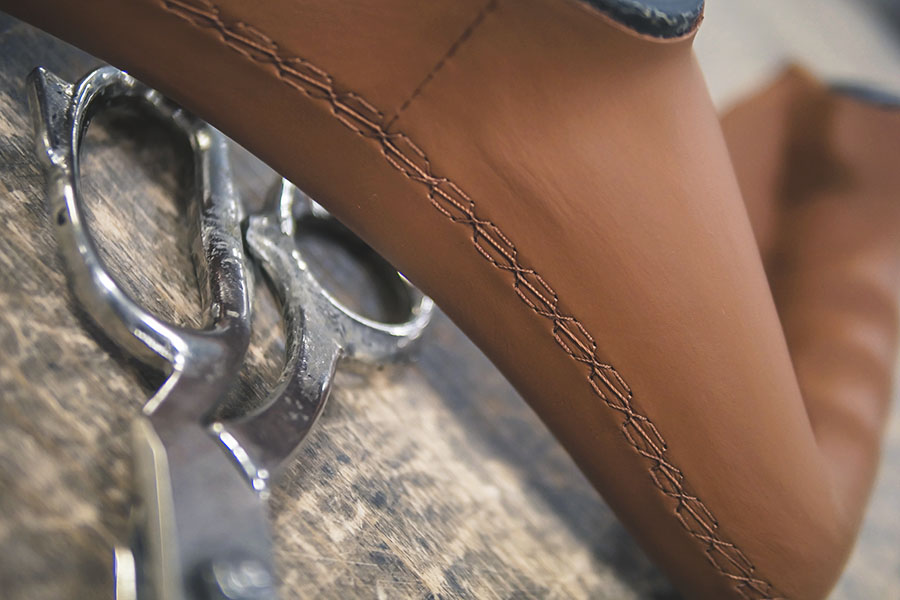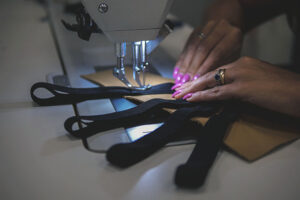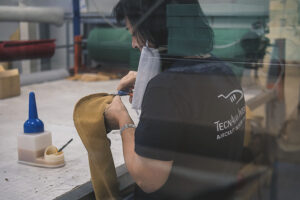Çompany
The company was founded as TecnAvan S.r.l. in 1998 from the 20-year experience of highly qualified personnel working in the aviation industry.
In 2008, with a view to establishing a new corporate structure, the ownership decides to separate Tecnavan S.r.l. into two separate companies, Tecnologie Avanzate S.r.l., a leading aerospace company for composite fabrication, and Tecnavan Interiors S.r.l., a PART 145-approved company for the maintenance of aircraft interior furniture components and later in 2010 obtained EASA and PART 21G certification for the production of Non-Primary Structural Parts. In 2014 it introduces composite material processing with qualification by Agusta Westland. With this new qualification, clean room departments are expanded and upgraded to comply with the demands of our customers. In 2015, Tecnavan Interiors makes application in EASA to obtain DOA (P-EASA.21J.621).
With the aim of establishing itself in the aerospace industry, the ownership over the years has invested in technologies, resources and Know how, thus obtaining several awards.
The company is able to operate competitively and reliably in the market thanks to:
- an efficient internal organization;
- technologically advanced processes and machinery;
- a continuous process of enhancement and professional growth of its human resources.
Today it has two operating headquarters, the main one of about 2500 sq. m. and the auxiliary one of about 2000 sq. m. at the industrial area of Castelliri (FR) – via Pescara snc, about 25 km from the A1 exit – Ferentino and about 90 km from Rome.
Production departments
Production Ply cutting can be done manually or it can be a fully automated process. Cutting plotters are semi-automated cutting machines. They essentially consist of:
– A feeding system in which a supplied roll of prepreg is housed enclosed within appropriate sealed plastic bags in order to avoid contamination with any external agent (e.g., dust particles) and to prevent moisture absorption;.
– a table equipped with a vacuum system to constrain the prepreg sheets during the execution of cutting;
– a 2-axis or multi-axis handling system with attached tool head and the tool equipped with its feeding system.
The 3-axis CNC cutting machines, used by Tecnavan Interiors, are manufactured by Lectra. These machines are used to carry out pre-preg cutting continuously and automatically so that the operation time can be reduced and material waste can be minimized.
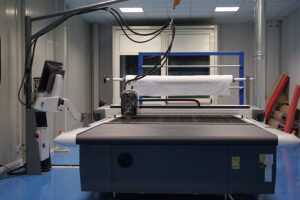
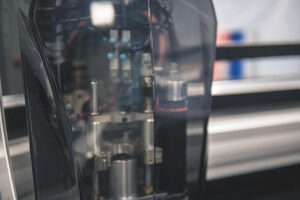
Due to the sensitive nature of the materials handled within them and the peculiarity of the operations to be performed, special areas have been created in which the possibility of contamination and damage to the materials used, is minimized; in these areas called Clean Rooms, the requirements of:
– Temperature
– Humidity
– Internal pressure
– Dust content per dm3
– Contaminants
The level of cleanliness is ensured on a daily basis, and all introduced parts and supporting structures are made to minimize the release of contaminating particles.
The people working there have special training directed that in addition to normal production activities also to behavioral norms and clothing to be used.
Layers of epoxy resin-based thermosetting composite material reinforced with glass fiber, carbon and Kevlar and structural bonding using epoxy resin-based film adhesives are carried out in these areas.
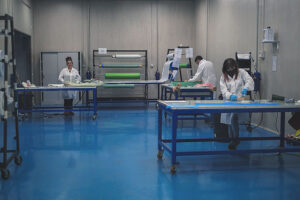

In order to allow the resins present in the pre-preg used to create the polymer chain, is required to subject the parts produced in the clean room to the Cure Process also called Polymerization Process.
Our company is equipped with 6 autoclaves with different sizes (up to 14.5 meters in length and 3.3 meters in diameter) capable to polymerize at low (130 ° C) or high temperatures up to a maximum of 450 ° C. with a maximum applicable pressures of 10 bar and the maximum vacuum applicable during this process is -0.9 bar, it is also possible to carry out this process in an “inert environment” thanks to the nitrogen.
The on-board instrumentation of each autoclave allows continuous monitoring of all parameters during the polymerization phase and the recording these data in accordance with current regulations and / or the specific requests of our customers.

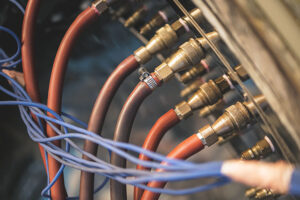
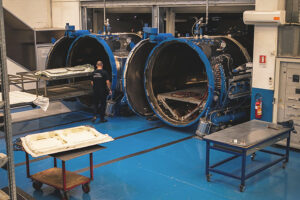
Tecnavan Interiors specializes in the assembly of aircraft structures, including complex structures composed of metal, composite and plastic components.
The personnel employed are highly specialized and trained, and over the years have gained significant experience in assembling aviation structures such as, tail beam, fuselage and upper-deck for helicopters, complex antenna systems, floor panels and others.

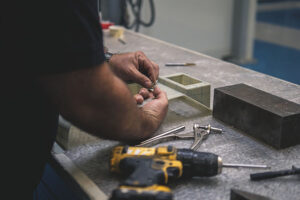
In this EMA (environmentally monitored area) where contaminants must be limited and the environmental conditions controlled, the bonding of parts is carried out with special adhesives that guarantee a very high seal.
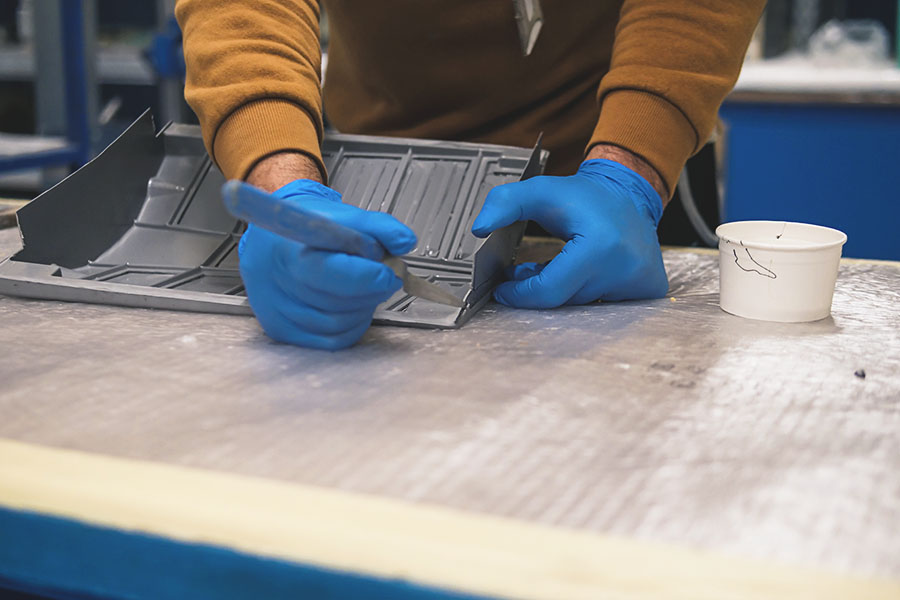

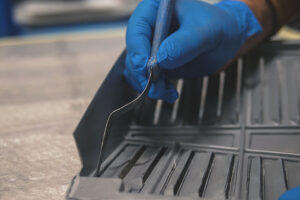
In this department fall all non-automated processes for cutting and drilling parts. Processing is carried out here safely and to the highest quality by skilled operators in the field..
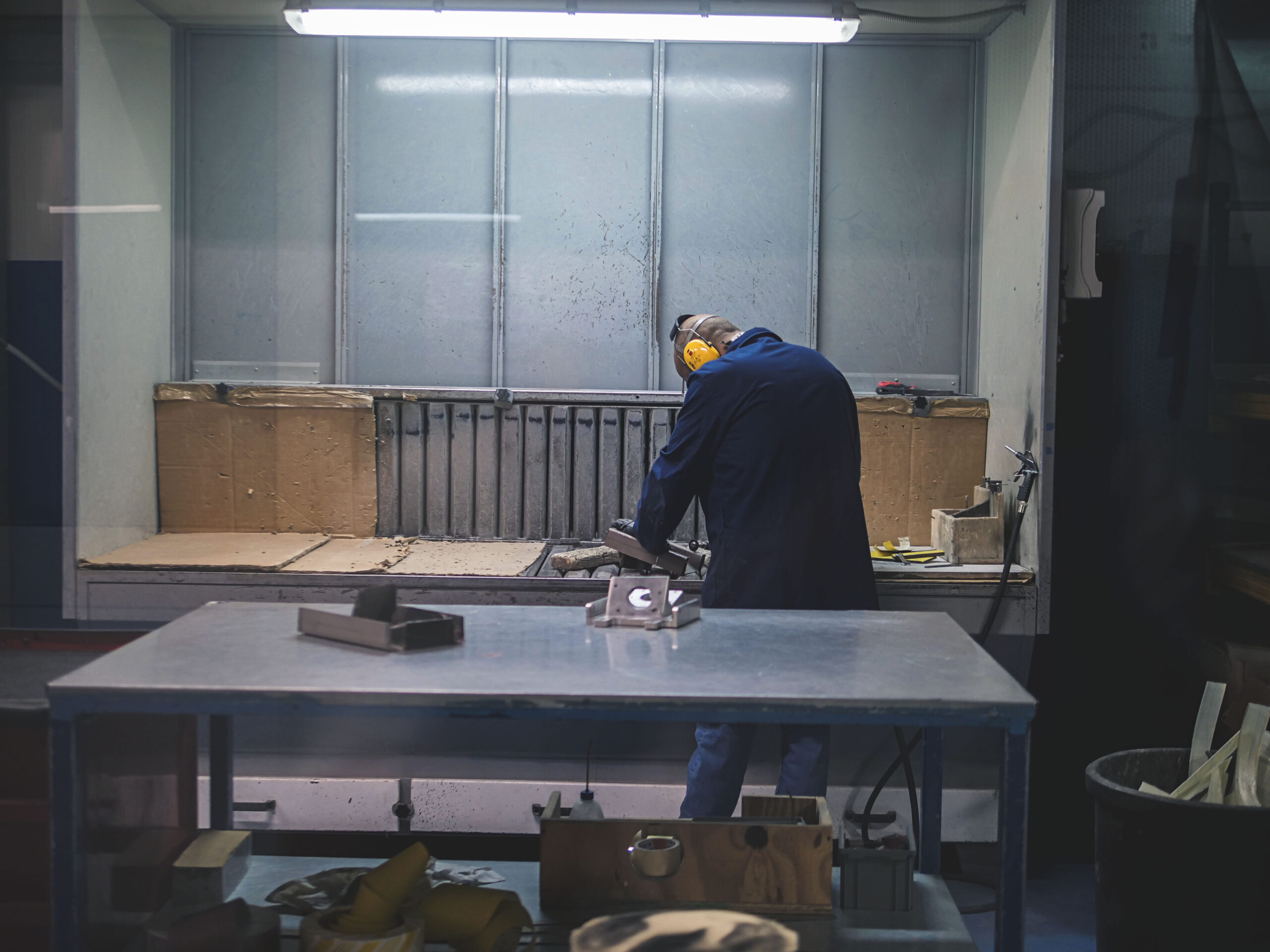
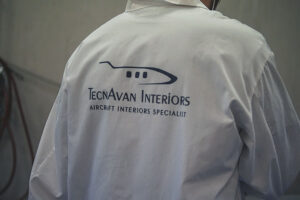
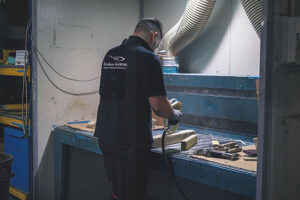
Tecnavan Interiors has consolidated experience of the years, a large production capacity and a highly specialized workforce in machining by means of 5-axis mechanical and water milling plants with computerized numerical control (CNC).
The company boasts a varied fleet of machines that can count on 7 plants having various sizes and characteristics that allow machining of components up to a size of 4000 X 2500 millimeters
High-precision mechanics is our strong point, with the manufacture of components of complex shapes of various types, in metallic materials such as steel, aluminum, titanium and HRSA (hard-to-machine alloys).
Thanks also to water cutting technology ( Waterjet ) we are able to make cuts from a few tenths of a millimeter up to thicknesses of 200 mm of any kind of material, ( metals, composites, rubbers, foams, plastics, etc. ) without physical alteration or mechanical deformation.
We also specialize in profiling metal and nomex honeycomb and components made of other composite materials.
In cooperation with leading CNC machine manufacturers, the equipment we have is always up-to-date with the latest technologies that guarantee high reliability and performance.


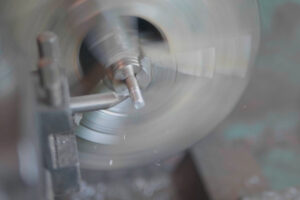
The Hot Drape Forming (HDF) process provides a reliable way to give complex shapes to pre-preg carbon fiber laminates. The process meet all aerospace requirements and it’s faster and more reliable than the manual lay-up process.
The HDF machine applies uniform and controlled heat to the entire part’s surface and using a membrane and the application of vacuum, the carbon fiber forms quickly on the tool without producing distortions in the fiber.
This process, compared to manual stratification, reduces the times and improves the quality of the product.
Tecnologie Avanzate has designed and built the two systems used and is able to customize the systems to meet the specific needs of its customers.
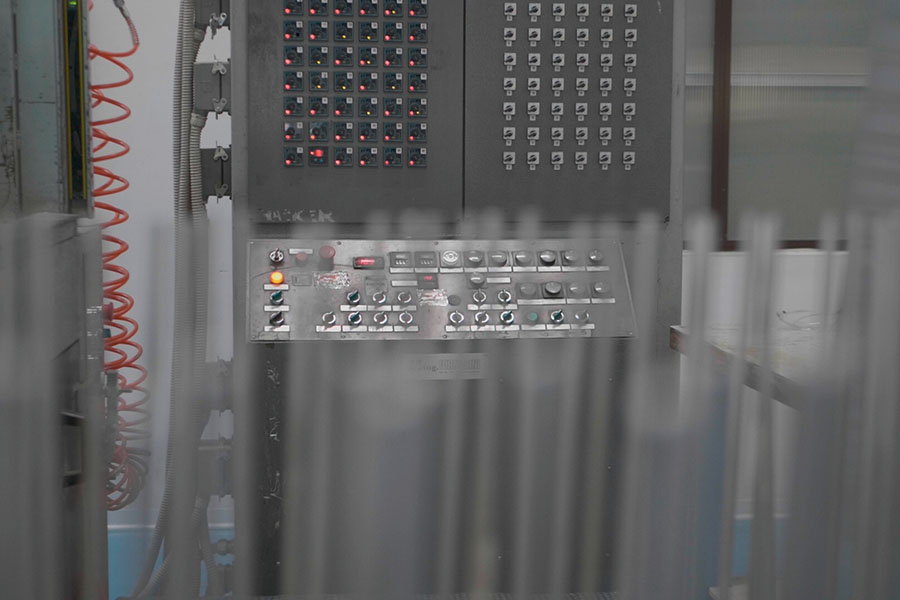
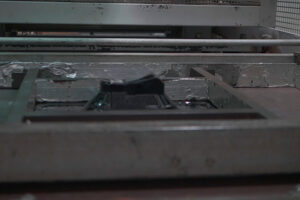
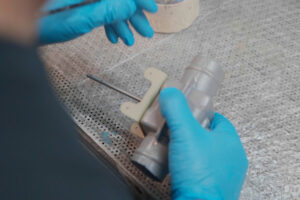
Our painting booth guarantees protection from contaminants, thanks also to special filters that ensure a perfect surface finish. With its dimensions it is possible to paint components larger than 16 metres.
Equipped with an oven for controlled drying with curing temperatures below 100° C, it is possible to reduce operation times and costs.
Furthermore, sealing operations are carried out, processes that avoid unwanted “passages” of gases, liquids and/or solids from one environment to another and as a barrier between similar and/or dissimilar metals to avoid corrosion phenomena.

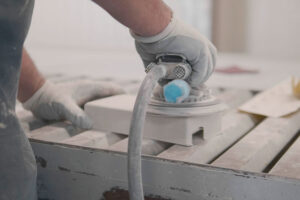

Upholstery is one of the fundamental processes for completing interior furnishings. The most widely used material for achieving maximum comfort in aircraft seating is foam. The same are molded in our machining centers with numerically controlled machines, with volumes that can reach dimensions of 2500x2330x1550mm.
The materials that can be used are of different nature and density. In addition to interior furniture applications, soundproofing and thermal panels can also be made.
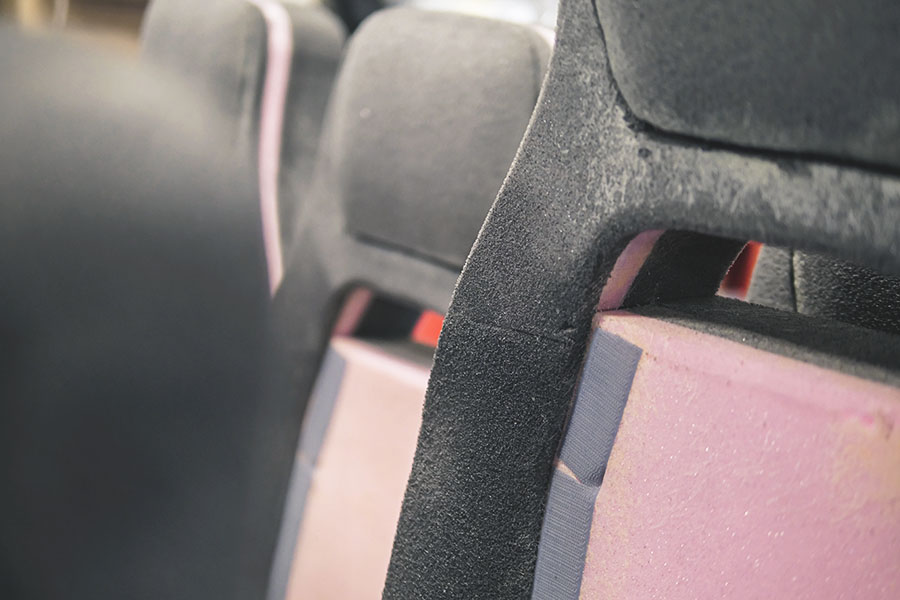
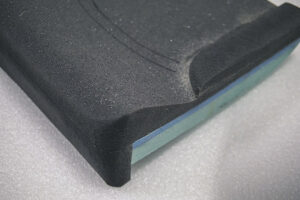
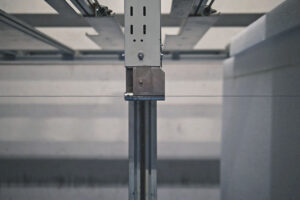
The beating heart of the company, animated by our careful craftsmen who assemble leathers and fabrics with care and precision. This is the department where “interiors” are born.
It all starts with the making or reversing of patterns that are digitized, and then allow automated cutting with CNC machines. They can cut any fabric and leather of maximum dimensions of 8420x3800mm. Next comes the assembly of them by stitching with professional machines handled by our experienced operators.
